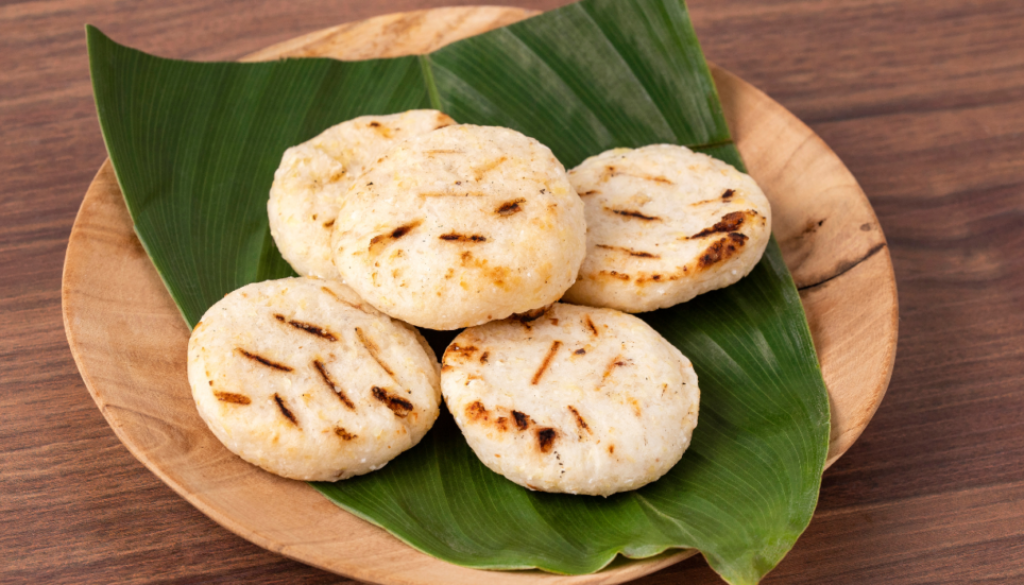Discover the Flavorful World of Colombian Cuisine
Nestled in the heart of Latin America, Colombia boasts a rich tapestry of culinary delights that are as diverse as the country’s landscapes. From the high Andes to the Caribbean coast, each region’s cuisine reflects centuries of history, culture, and the availability of unique local ingredients. Colombian food has recently ripened into the spotlight, captivating the taste buds of foodies and travel enthusiasts worldwide — and for good reason. Here we explore the depth and breadth of Colombia’s gastronomic scene, from time-honored traditional dishes to modern fusion trends, promising a feast for the senses.
A Taste of Regional Variation
Colombian gastronomy is not a monolith; it’s an intricate mosaic of flavors, with each region contributing its own quintessential dishes and cooking styles. The country’s cuisine is often classified into five regions, each precinct offering distinctive characteristics. In the Andean region, you’ll find dishes that are heartier and make full use of potatoes, corn, and beans, while the Caribbean coast’s fare is influenced by African and Indigenous traditions, featuring an abundance of seafood and coconut-infused tastes. The Pacific coast’s menu is filled with exotic tropical fruits and the Amazon’s bounty, and the Llanos plains offer a selection of wild game.
But it’s the taste that South Americans call “comida paisa” — hometown cuisine — from the Paisa region, which includes Medellin, that many foreigners take to immediately. The Bandeja Paisa, a veritable feast on a platter, is emblematic of this hearty fare, featuring beans, rice, plantain, arepa, avocado, chicharrón, fried egg, sausage, and minced meat. In sharp contrast, the Atlantic Coast’s Sancocho is a savory stew cooked with a variety of meats and served with coconut rice, representing the influence of African, Indigenous, and Spanish cultures.
For visitors ready to immerse themselves in this array of delectable contrasts, it’s an exciting expedition through tradition and innovation.
Traditional Staples: What to Eat in Colombia
From street corners in the bustling metropolis to humble home kitchens, here are some classics you can’t miss.
Arepas
Arepas are a staple that transcends regional boundaries. These delicious corn cakes are as versatile as they are varied — from the simple comfort of Arepa de Huevo to the renowned Arepa Paisa. These crispy-on-the-outside, soft-in-the-middle treats can be filled or topped with an endless array of ingredients, from cheese and meat to egg and avocado.
Bandeja Paisa
The famed Bandeja Paisa has almost achieved a mythical status. It is a dish that represents abundance and brings together the essence of Colombian staples in one decadent ensemble.
Ajiaco
This thick chicken soup, originally from Bogotá, is a dish best savored in the cold Andean climate. Ajiaco’s distinguishing ingredient is the Andean herb guasca, which imparts a unique flavor and greenish hue.
Exploring Food Markets in Colombia
To truly understand Colombian cuisine, it is essential to visit local markets, where the pulse of everyday food life can be keenly felt.
Paloquemao Market in Bogotá
Paloquemao is not just a market; it’s a vast food bazaar where you can find an impressive array of fruits, vegetables, herbs, and flowers that symbolize Colombia’s incredible biodiversity.
Bazurto Market in Cartagena
Located in the heart of the Old City, Bazurto is where local chefs and traditional food vendors source fresh ingredients. It’s a sensory overload, with the colorful sights and sounds of the Caribbean Coast.
Plaza de Mercado de Medellín
From exotic fruits like lulo and pitahaya to the freshest local produce, a visit to Medellín’s Plaza de Mercado is a must for food enthusiasts. It’s not just about the ingredients; it’s about the local traditions and generations of knowledge shared by the sellers.
Culinary Experiences in Colombia’s Cities
The burgeoning food scene in Colombian cities marries traditional flavors with modern innovation, offering diverse dining experiences.
Bogotá’s Gastronomic Revolution
Bogotá is where you can taste the revolutionary spirit in the food scene, with a slew of inventive restaurants offering creative takes on Colombian cuisine. From high-end establishments to street food vendors, the city provides a gastronomic adventure at every turn.
Medellín’s Trendy Eateries
Medellín, known for its mild climate and friendly locals, boasts an equally warm dining scene. Innovative chefs have taken traditional Paisa dishes and given them new life, with a focus on fresh, local ingredients and chic presentations.
Cartagena’s Fusion of Flavors
The port city of Cartagena has long been a melting pot of cultures, and its culinary scene reflects this history. While traditional coastal cuisine is still the backbone, modern chefs are adding global twists, resulting in a fusion of tantalizing flavors.
Vegetarian and Vegan Options in Colombia
Colombian cuisine is traditionally meat-heavy, but the culinary landscape is evolving to cater to diverse dietary preferences.
Creative Vegetable Dishes
With a repertoire of over 300 types of edible roots and tubers, Colombian chefs are turning to unique vegetable preparations to offer delicious vegetarian options that never skimp on flavor.
Dairy-Free Delights
For the lactose intolerant or vegan visitors, Colombia’s restaurants now offer an array of dairy-free alternatives, from coconut milk to plant-based cheeses, making traditional Colombian dishes more accessible than ever before.
Legume and Grain Dishes
Colombia’s diverse geography has given rise to a wide selection of legumes and grains. Dishes like lentil soup, quinoa salad, and red bean stew are both popular and delicious, satisfying even the most discerning of palates.
Navigating Food Safety and Etiquette
Partaking in Colombian gastronomy is a delight, but it’s important to be mindful of food safety and local customs.
Eating Street Food Safely
Colombian street food is a treasure trove of flavors, but it’s wise to exercise caution. Always look for vendors with clean working conditions and steady customer traffic, and consider bringing your own water or buying bottled water to avoid any digestive hiccups.
Table Manners
Colombians take dining seriously, and good table manners are appreciated. Simple gestures like saying “buen provecho” before starting a meal or learning to eat with ceviche en su tinto can add an extra layer of enjoyment to the culinary experience.
Tipping and Gratuities
Tipping in Colombia is not mandatory, but it is appreciated. In restaurants, a tip of around 10% of the bill is standard. For street food, rounding up the fare is a courteous gesture.
Inviting You to Taste Colombia
Colombian cuisine is an enchanting marriage of tradition and innovation. From the Andean peaks to the depths of the Amazon, the tastes of Colombia are as varied as its culture. This culinary adventure invites you to savor the depth of flavors, the passion in the cooking, and the warmth of the Colombian people.
Food has an incredible ability to connect us, and experiencing a country through its cuisine is a profound way to understand and appreciate a culture. Whether you’re a fan of hearty traditional dishes, avant-garde gastronomy, or simply exploring new flavors, Colombia’s table is set, waiting for you to pull up a seat.
It’s not just about the food; it’s about the stories behind each dish, the customs that give meaning to the meals, and the moments shared around the dining table. Take the plunge, try new things, and above all, enjoy what Colombian food has to offer.
If you plan to visit Colombia, come hungry, because the adventure that lies ahead is an epicurean’s dream. And for those who cannot make the trip yet, the increasing availability of Colombian recipes and ingredients online means you can start your culinary exploration from home. Set the table, invite friends, and family, and welcome them to the embassy of Colombian cuisine in your own home.



